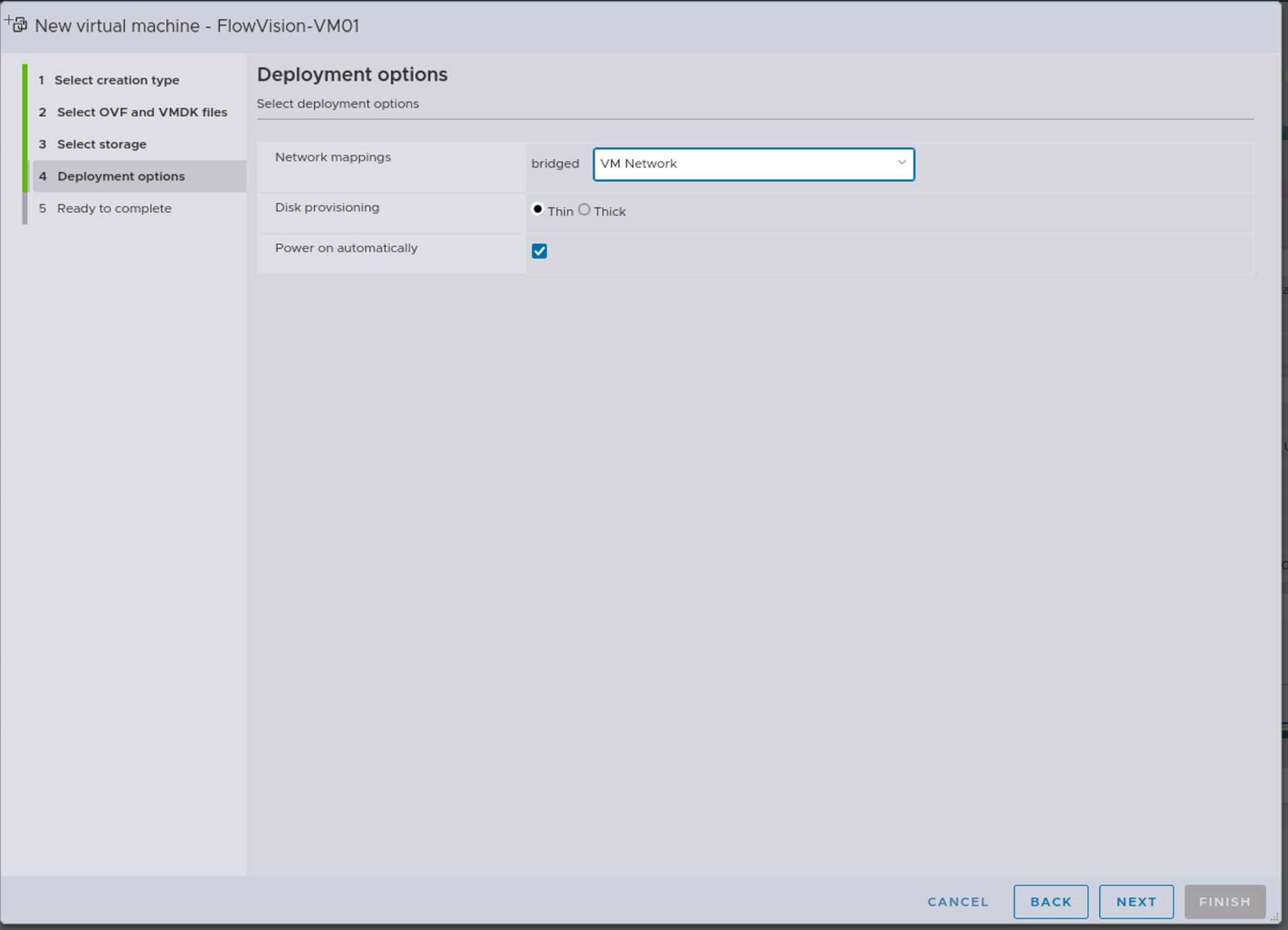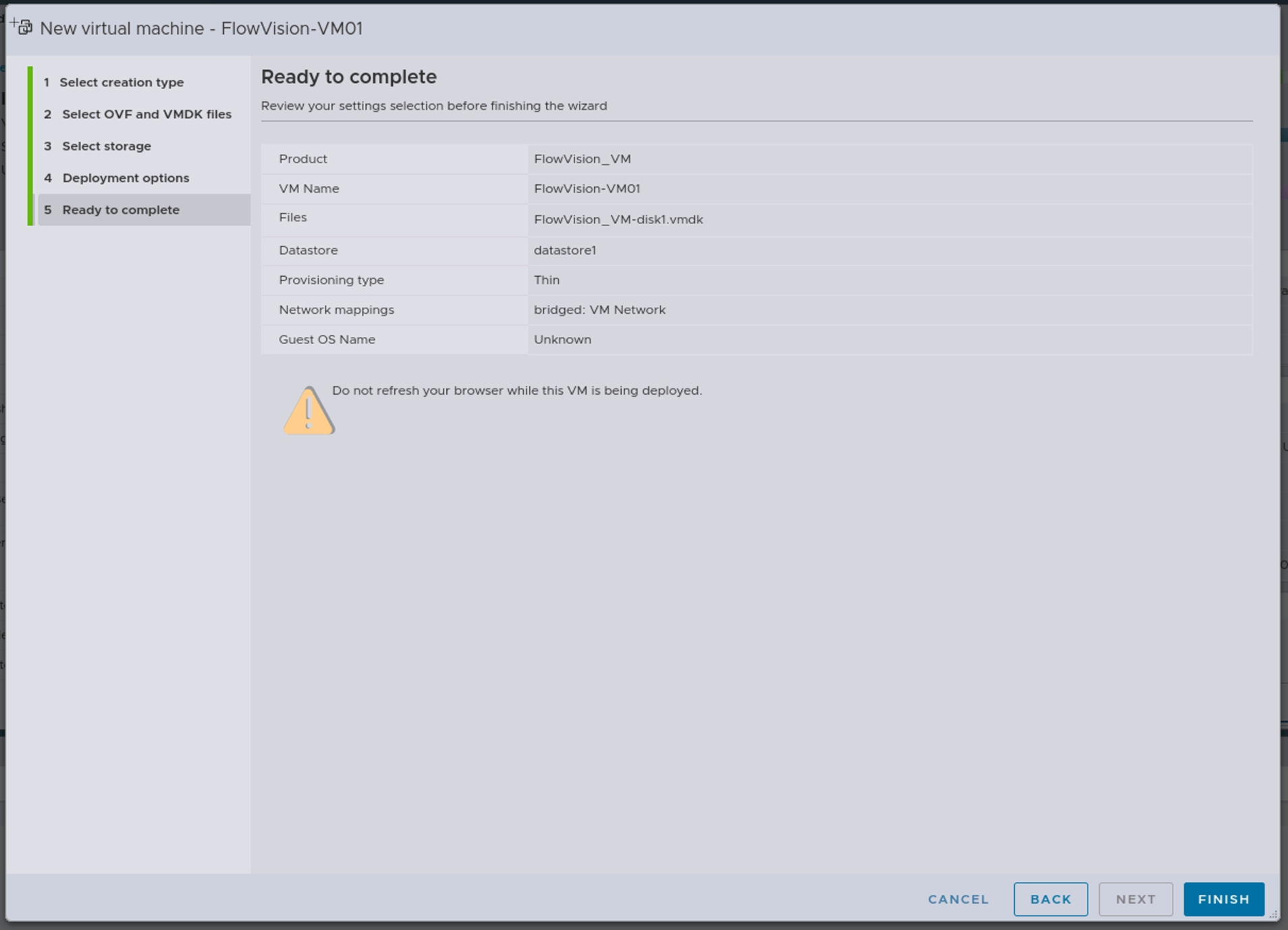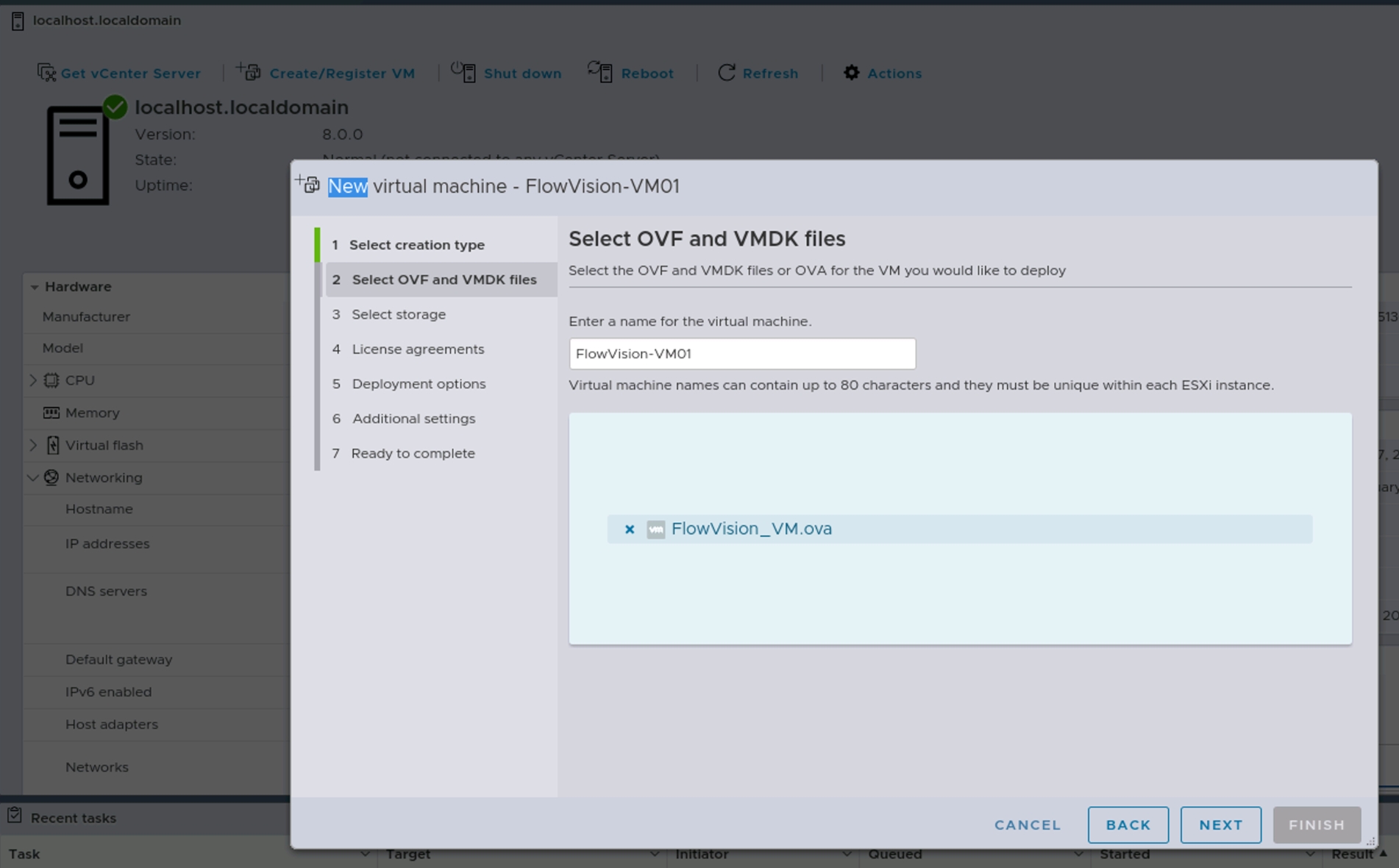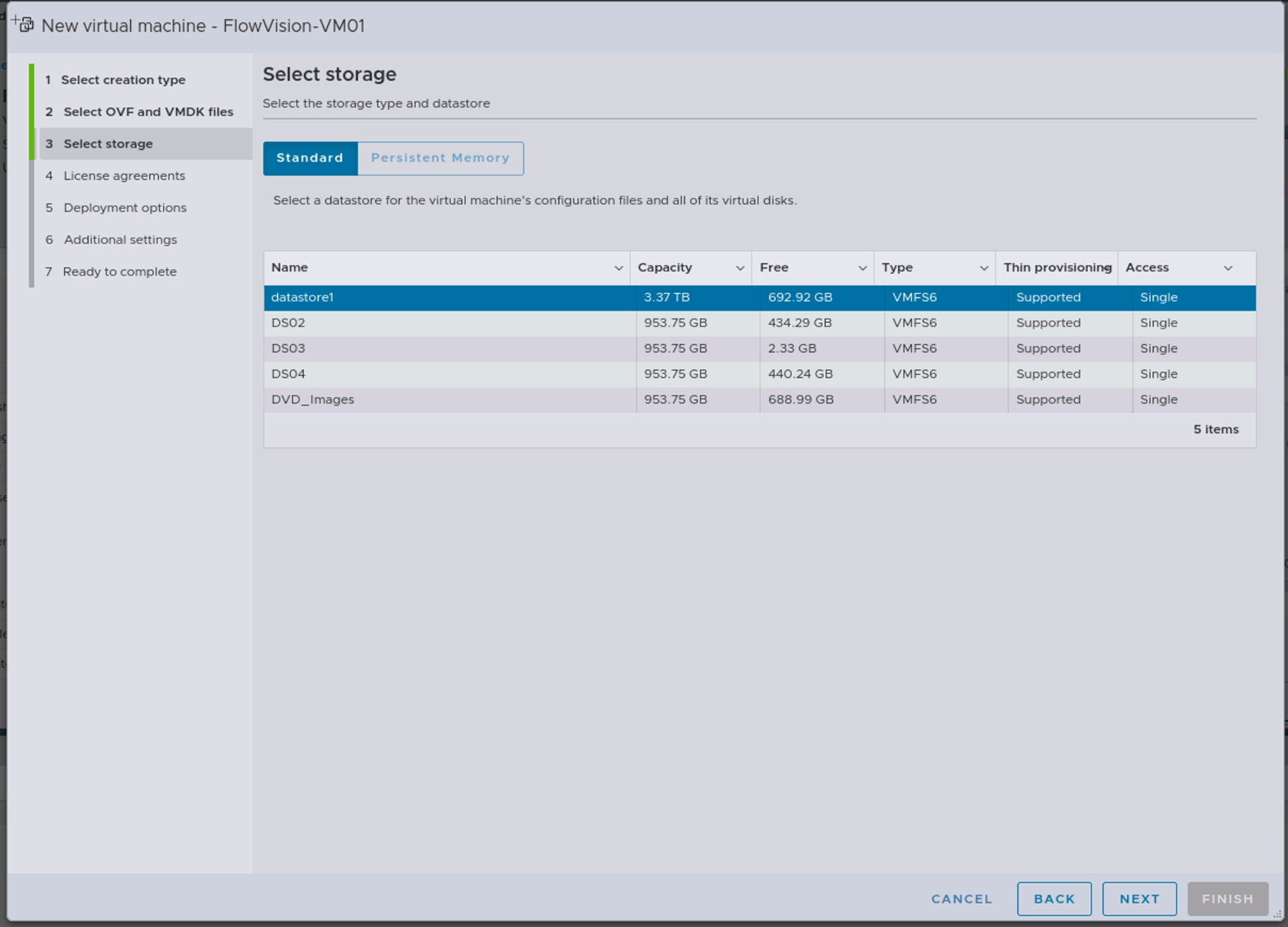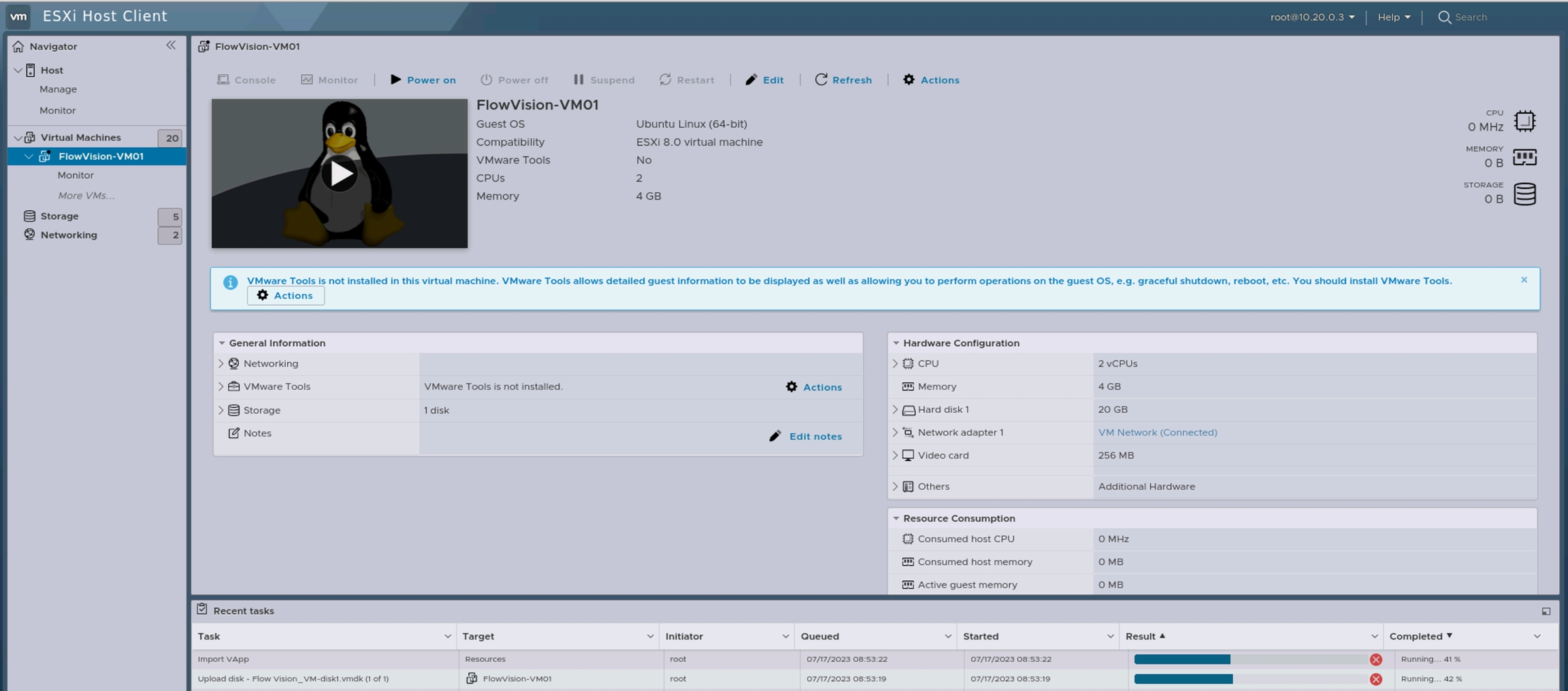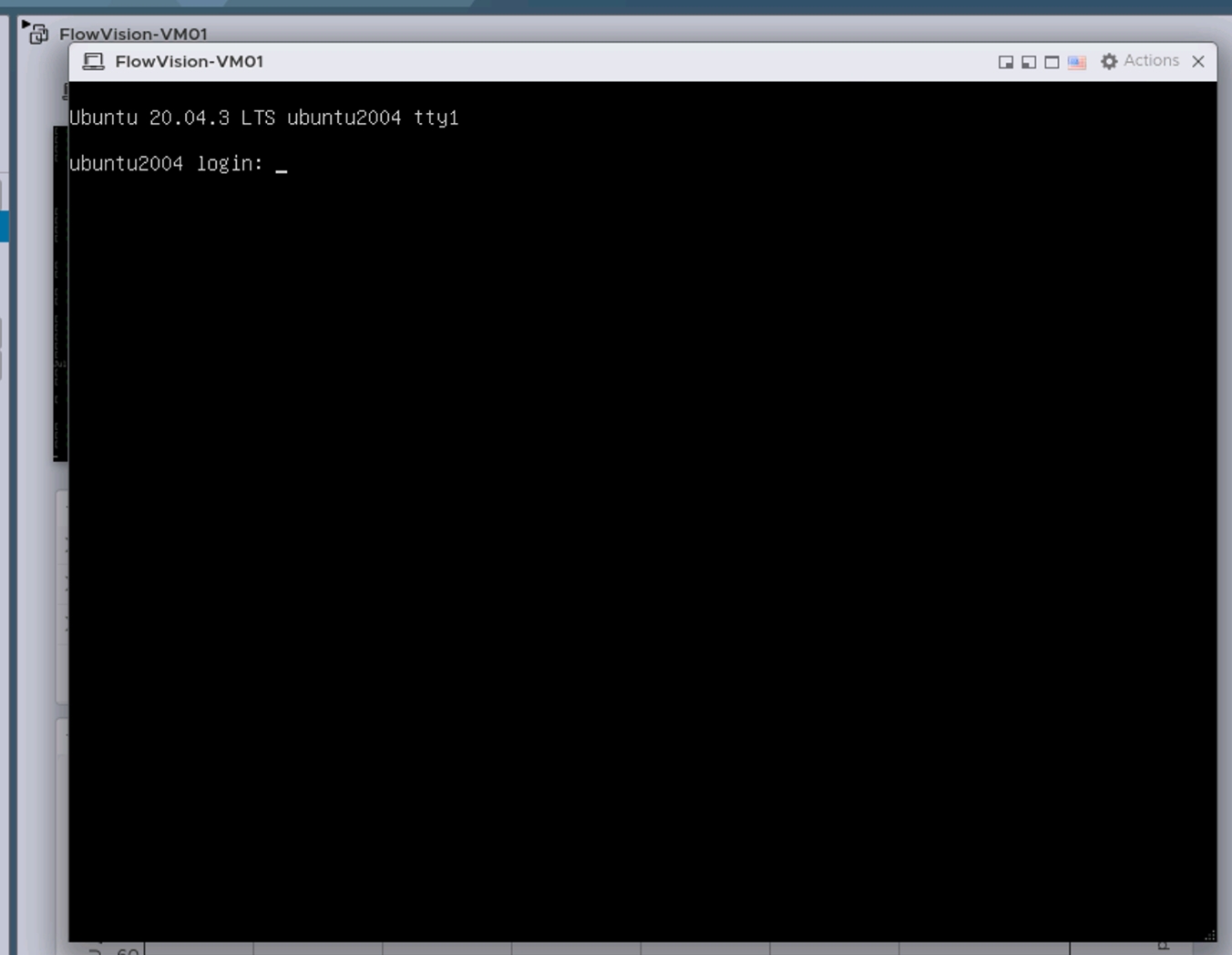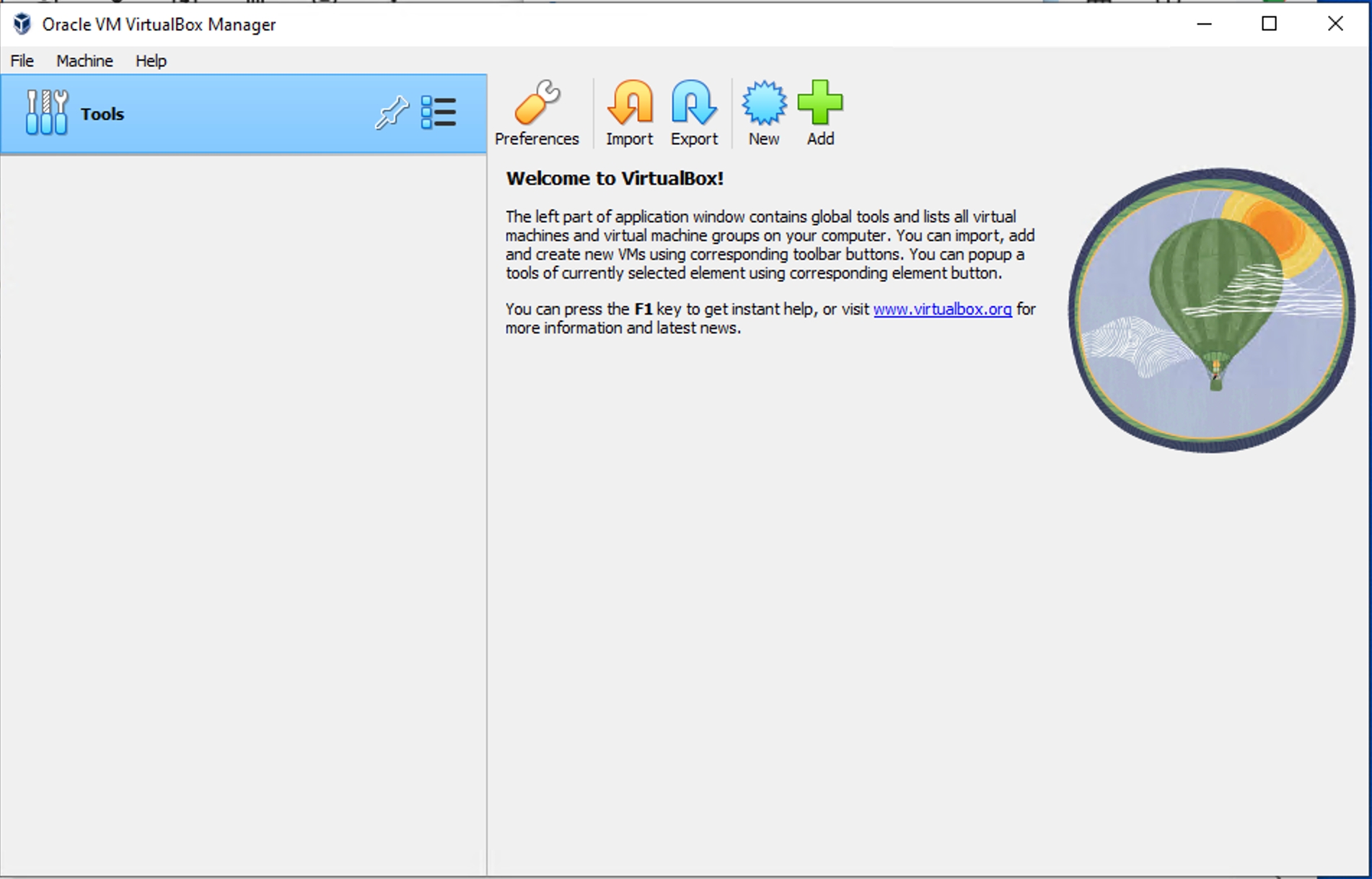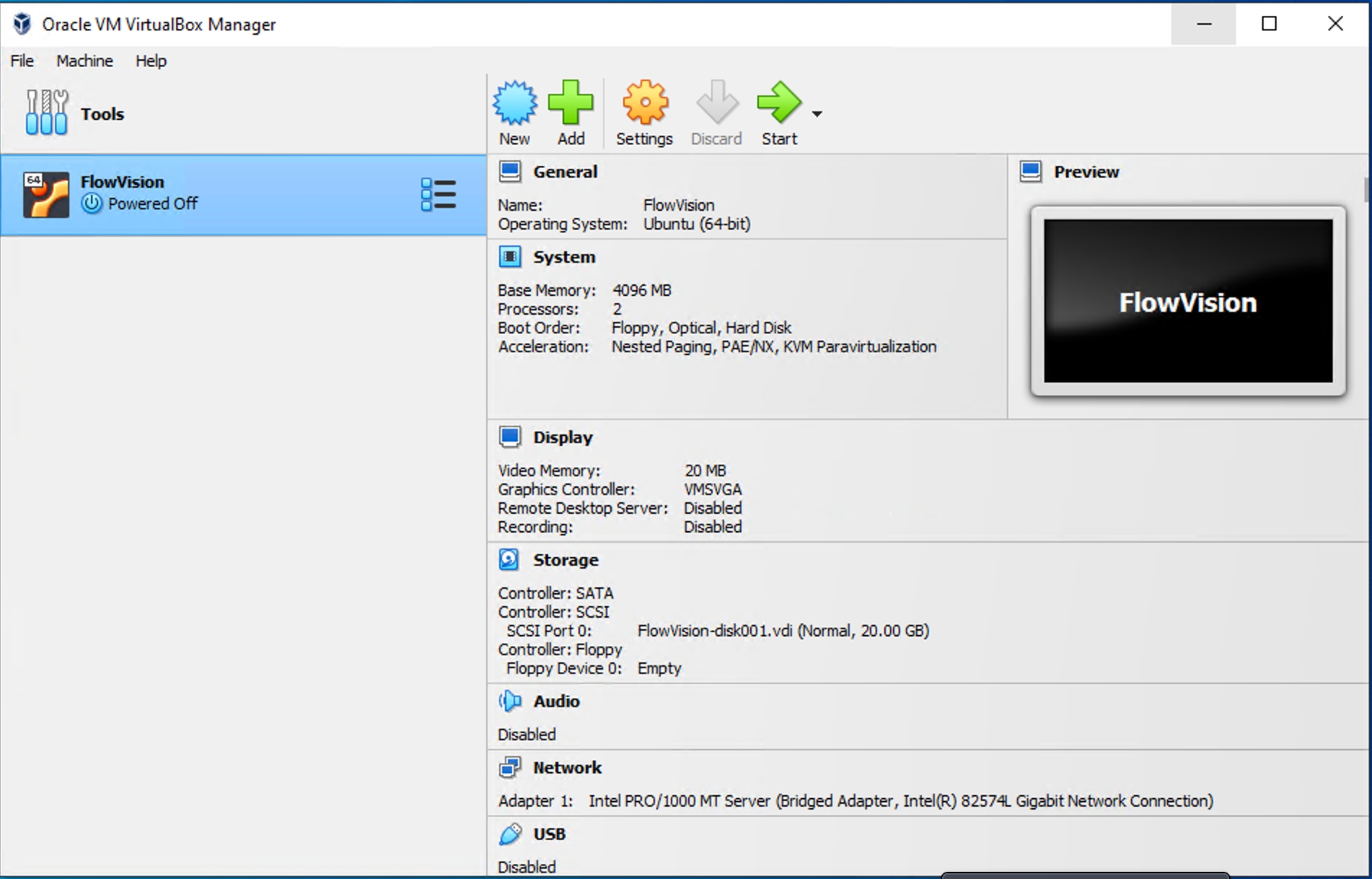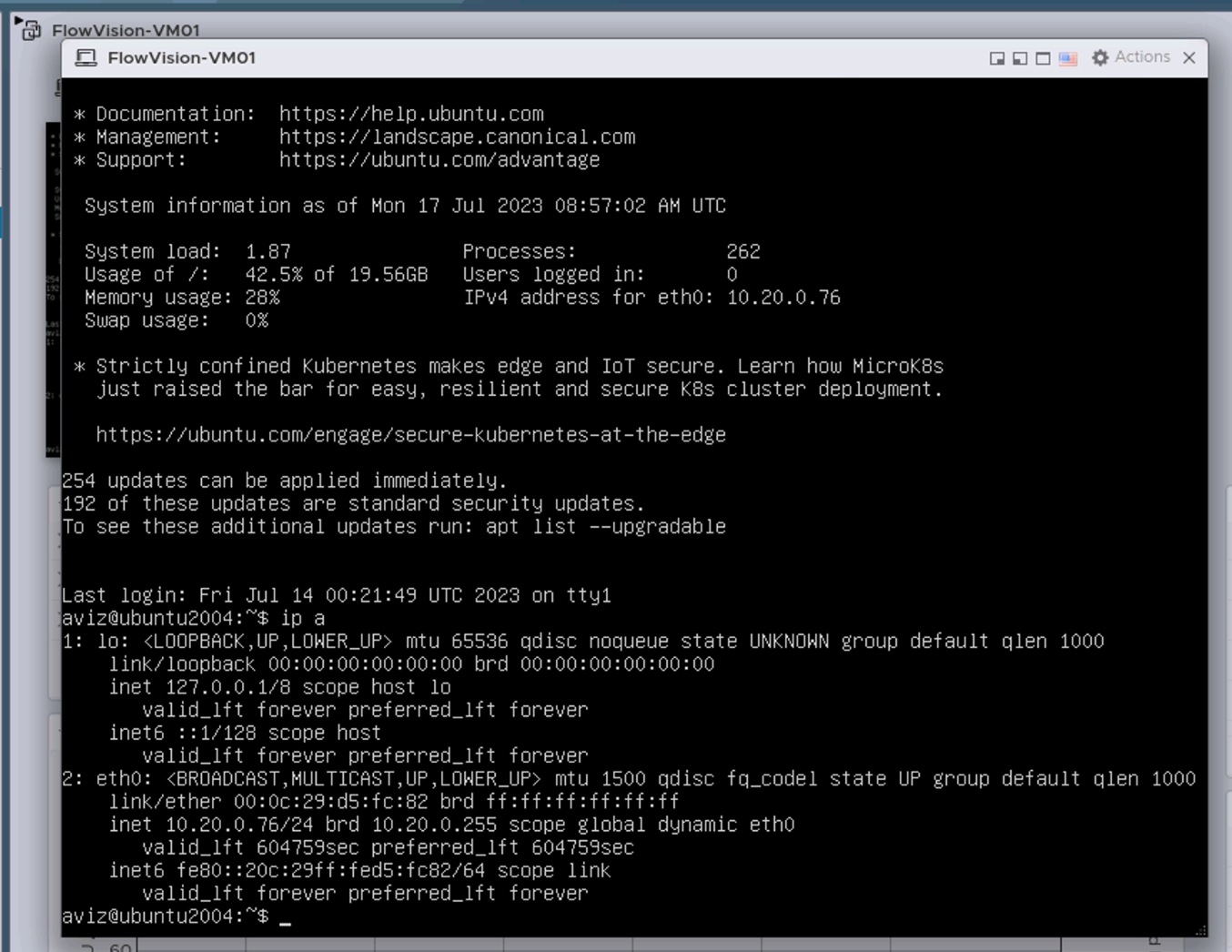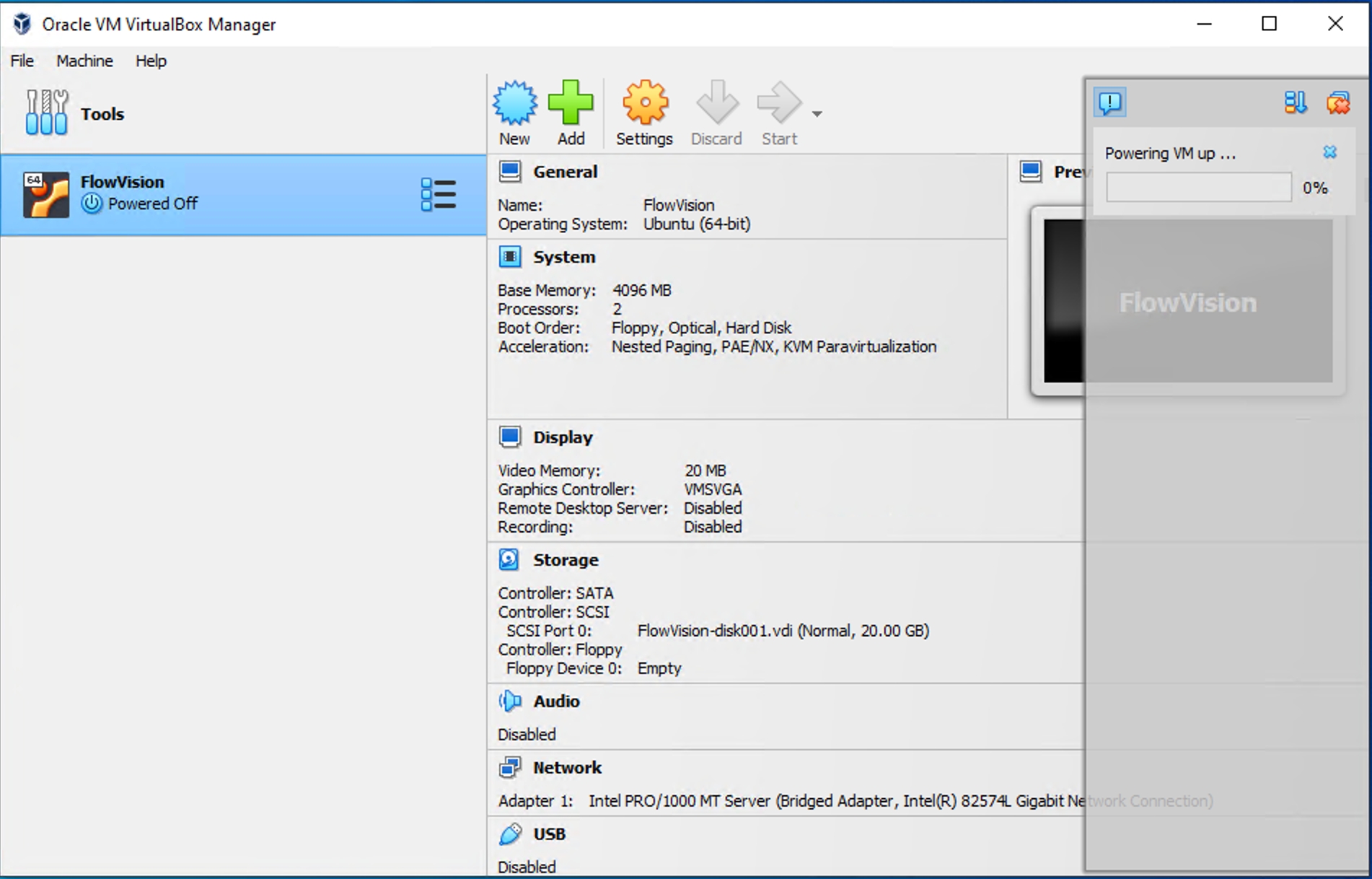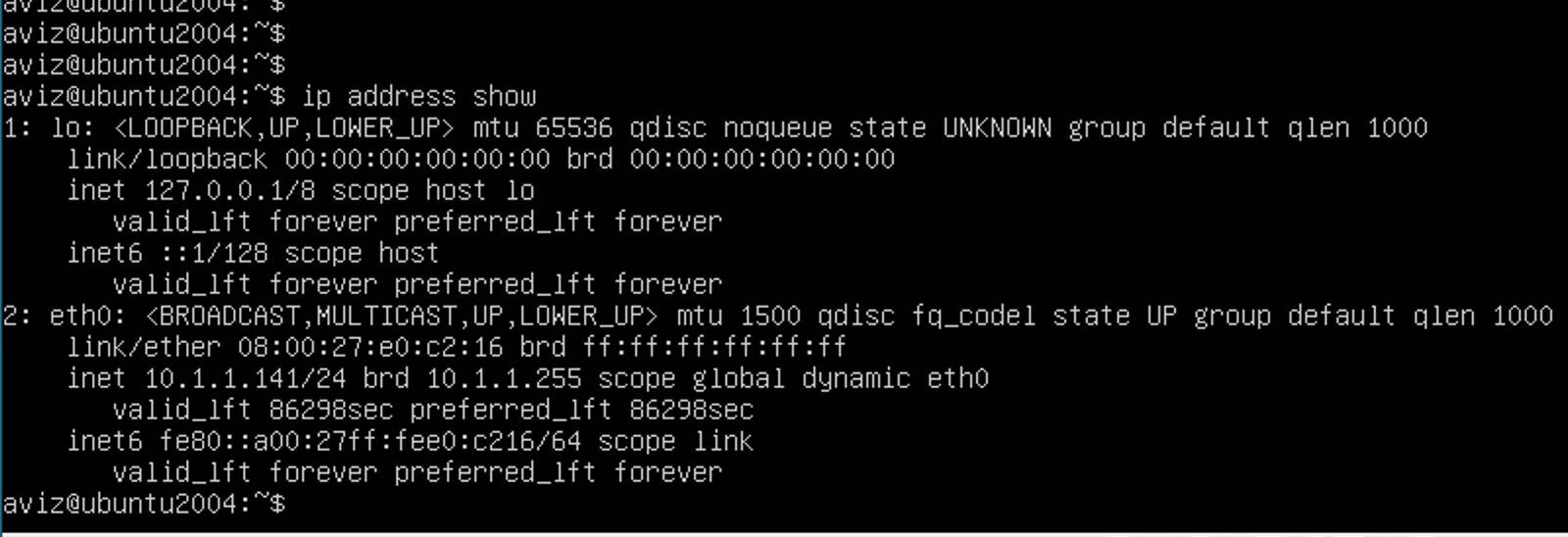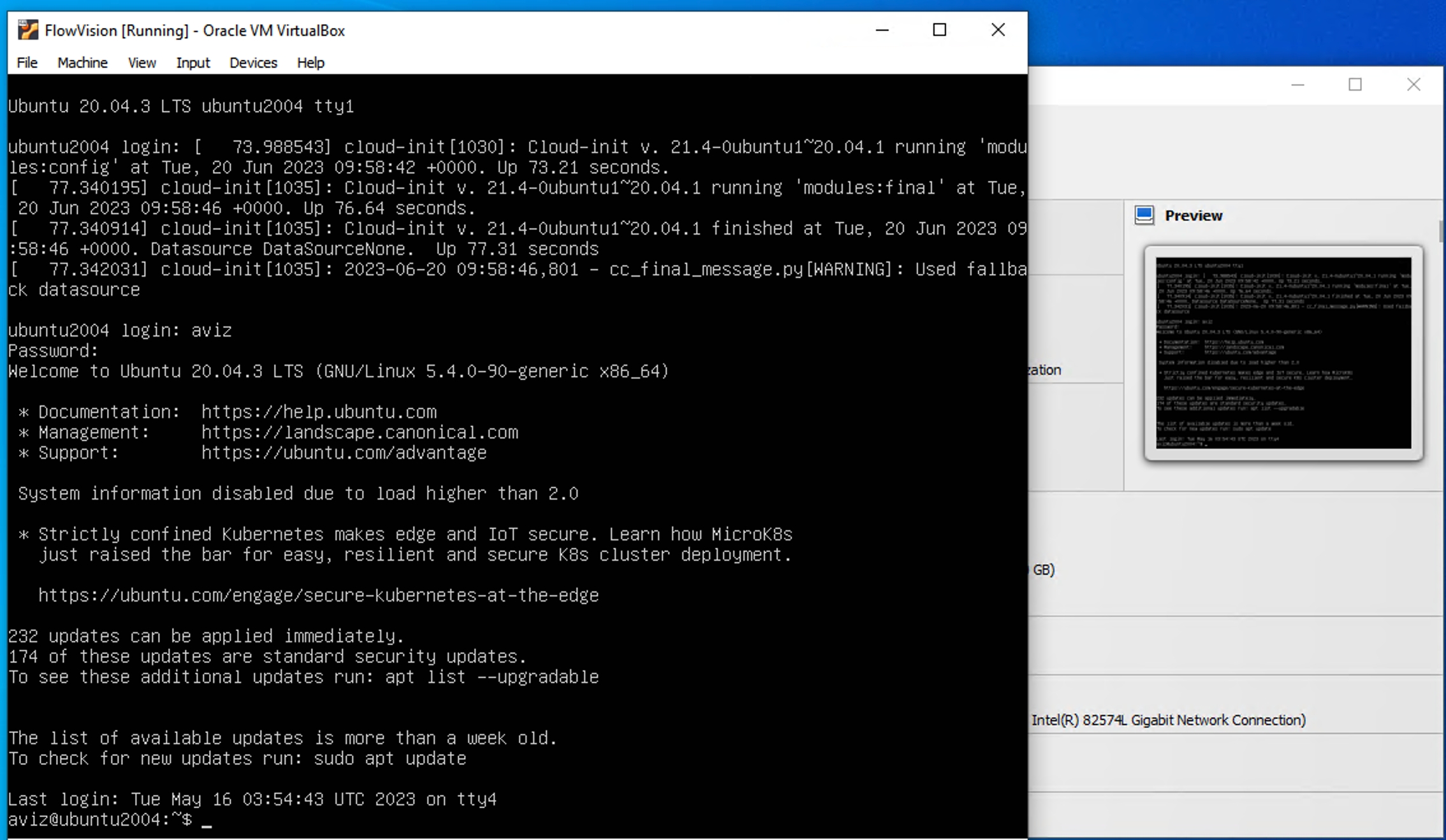Loading...
Loading...
Loading...
Loading...
Loading...
Loading...
Loading...
Loading...
Loading...
Loading...
Loading...
Loading...
Loading...
Loading...
Loading...
Loading...
Loading...
Loading...
Loading...
Loading...
Loading...
Loading...
Loading...
Loading...
Loading...
Loading...
Loading...
Loading...
Loading...
Loading...
Loading...
Loading...
Loading...
Loading...
Loading...
Loading...
Loading...
Server Specifications for Handling up to 180-200 Gbps.
CPU Cores
100 Cores
CPU Socket
Dual CPU and Dual Socket
NIC
Intel E810 100G NiC Dual port- Quantity-2
Management & Kafka Port
10G Management Port
Dedicated Kafka link between AP and Kafka Server
RAM
512 GB
PCIe
4th Gen PCIe
OS
Ubuntu 22.04.4 LTS
Disk Space
12TB
Bandwidth Capacity
Maximum 180 to 200 Gbps per server
C-Plane - 1Gbps
U-Plane - 180 to 200 Gbps
Aviz Service Node supports three license types listed below:
ASN Telco
ASN Data Center
ASN Application
ASN_TELCO_TIER1 (BASIC)
4G LTE, 5G NSA Extraction & Correlation
5G Correlation, GTP Correlation, and Stateful Flow Sampling
GTP C/U Correlation for 4G-EPC and 5G NSA.
Metadata Extraction of S1-u, S11, N3, N4, N11
N4 and N3 Correlation for 5GSA
N4 or N11 and N3 Correlation for 5GSA
N4 SBI Metadata for Ericsson 5GC vtap
Upto 50 Gbps
Subscribers - 1M
ASN_TELCO_TIER2 (ADVANCED)
ASN_TELCO_BASIC + PCAP Generation
Upto 100 Gbps
Subscribers - 2M
ASN_TELCO_TIER3 (SCALE)
ASN_TELCO_BASIC + Security/Filter Sampling
Subscriber aware Load balancing
Upto 100 Gbps
Subscribers - 2M
ASN_TELCO_TIER4 (PERF)
ASN_TELCO_SCALE
Upto 150 Gbps
Subscribers - 3M
ASN _DC_TIER1 (BASIC)
Advanced Filtering, Tunnel Stripping, Decap
Load Balancing
Header Stripping and Decap
Metadata Extraction of DC Packets
Upto 50 Gbps
Sessions-15M
ASN_DC_TIER2 (ADVANCED)
ASN_DC_TIER1 +
IP Session Extraction & Correlation
Stateful IP Flow Sampling
Metadata Extraction of DC/FTTH Packets
KPI Calculation
Metadata export via Kafka
Upto 50 Gbps
Sessions-15M
ASN_DC_TIER3 (SCALE)
ASN_DC_TIER2 + PCAP Generation
Upto 100 Gbps
Sessions-30M
ASN_DC_TIER4 (PERF)
ASN_DC_TIER3 + Performance
Upto 150 Gbps
Sessions - 45M
ASN_APP_TIER1 (BASIC)
Application Identification
Metadata Extraction, Export via Kafka
PCAP Generation
Upto 50 Gbps
No. of Applications - Upto 500
ASN_DC_TIER2 (SCALE)
ASN_APP_TIER1 + Filter Sampling
Upto 100 Gbps
No of Applications - Upto 1000
ASN_DC_TIER3 (PERF)
ASN_APP_TIER2 +
Packet Dedup
Upto 150 Gbps
No of Applications - 1000+
This section provides information about how to install/upgrade the ASN.
Aviz Service Node (ASN) offers a cost-effective way to network visibility, application identification, and extract HTTP metadata & DNS information. By using general-purpose hardware, ASN avoids vendor lock-in reducing cost. ASN boast features like high-performance packet processing, data filtering and extraction, and real-time monitoring for in-depth network analysis. ASN can be deployed in large clusters for scalability and redundancy, making it a suitable solution for enhancing network performance in modern infrastructures.
ASN extracts essential metadata from 4G-LTE, 5G-NSA, and 5G-SA networks, offering deep visibility across all types. It specializes in correlating data using protocols like:
S11 (GTP-C), S1-U (GTP-U) for LTE/5G-NSA
N4 (PFCP), N3 (GTP-U) enhanced with N11 (SBI-HTTP2) correlations
ASN can correlate GTP-C/U for in-depth 4G/5G network analysis. It extracts detailed metadata from the control plane (N11) and user plane (N3 GTP-U), including user equipment information, traffic details, and key performance indicators.
ASN excels at managing mobile handovers in 4G and 5G networks, Maintaining seamless continuous connectivity and optimal network performance for users in motion. It can handle various handover scenarios, such as transitions between gNodeB (5G base station) and eNodeB (4G base station) or handovers involving the AMF (Access and Mobility Function) in 5G-SA networks.
ASN utilizes Deep Packet Inspection (DPI) to identify over 500 applications at high speeds. It employs techniques like pattern recognition, SNI matching, IP geolocation, and port analysis to extract application data directly from network traffic. This rich data includes user agent information, IP details, and critical network performance metrics like bandwidth usage, packet loss, and latency.
FlowVision also offers real-time insights:
ASN health
Network traffic utilization, and
logs for troubleshooting.
Additionally, ASN's built-in High Availability module ensures redundancy for both small and large deployments.
Explore these guides to set up and work with the Aviz Service Node.
FlowVision is the central control for Aviz's network visibility solution, including ASN & . It provides a unified interface (GUI and APIs) to manage ASN functionalities like data filtering, extraction, and export.
The FlowVision Controller can be installed using the following methods:
An ESXi Host with the below minimum requirement available for FlowVision:
2 vCores
4 GB RAM
20 GB HDD
Log in to the ESXi Host and click on 'Create/Register VM'
Click on 'Deploy a virtual machine from an OVF or OVA file'
Name the VM and select the downloaded 'OVA' file
Choose the 'datastore' where you want to install the VM
Select the 'VM-Network' to ensure that the VM is reachable
Review the configuration and click on 'FINISH'
Wait for the OVA file to upload; Check the status in 'Recent tasks' at the bottom of the screen
'Power on' the VM
Login to the VM with default credentials
User: aviz
Password: Aviz@123
Check DHCP assigned IP on the VM with 'ip a'
Login to the Web-GUI at https://<VM-IP>/ with default credentials
User: admin
Password: admin
A Windows machine/VM with the below minimum requirement:
2 vCores (available for FlowVision VM)
8 GB RAM
40 GB HDD
Download Oracle VM virtual box from the below link
Install Oracle VM Virtual box
Import the OVA file in Oracle VM virtual box
Click the start button to power-on the virtual machine
Log in to the FlowVision VM with default credentials
Username: aviz
Password: Aviz@123
Get the IP address of the VM through ip address show
Access the GUI through the above IP using your favourite browser with http port: 8093
https://<VM_IP>:8093/
Login to the GUI with the default credentials
Username: admin
Password: admin
Please refer to the following links for downloading ASN Package & FlowVision :
Enable internet and DNS to install packages via Ubuntu apt
Extract the image tar -xf asn-image-v*.tar.gz
Change to the extracted directory cd asn-image-v*
Run the installation script for the ASN server install-asn-server.sh
Reboot the server sudo reboot
After rebooting, install DPDK ports install-dpdk-ports.sh
Execute the ASN script sudo ./run-asn.sh
To check the Dev console of ASN-Server
sudo conspy 20
Press ESC three times to exit
If any prerequisite or dependency is installed after completing the ASN installation, the following script must be re-executed:
This guide explains how to use the FlowVision Graphical User Interface (GUI) to manage ASN servers efficiently.
The FlowVision GUI provides the following top-level menu options:
FlowVision uses TCP port 443 for its Web-GUI and TCP port 8091 for communication with the OPB switches.
The following image shows the home page of the Aviz FlowVision GUI:
NOTE: You are required to sign-up on for getting access to the download page.
Use the to control/manage ASN
To access the system and device information, click System > General.
The system information table shows you the product name, version, and technical support information about the system.
The following image shows you the system information tab:
The Devices Information table shows detailed information and properties of each connected ASN node. For each ASN node, the table shows the IP address, the MAC address, the Name of the device, the Version, the location, the Ubuntu version of the service, uptime, and the options to edit them.
You can edit device properties from the Devices Information table:
Change the required node property value in the editable fields. Currently, you can edit the Name and Location.
Click Save to apply your changes.
The System menu lets you perform the following actions:
Click the Edit button corresponding to the required node on the Devices Information table. The Device Properties window displays.
Advanced Interval-Based KPI Calculation Bandwidth and Latency KPIs are now computed with sub-5-second precision, enabling granular performance monitoring and real-time analytics for network optimization.
Optimized Kafka Metadata Export Kafka export now delivers higher accuracy and lower processing latency, ensuring metadata attributes are efficiently processed and exported with sub-5-second precision for enhanced data integrity and correlation.
New Japan Local Applications Support include,
FOD
LINE
Piccoma
Tver
U-Next
Abema
Dmm
Hulu
Telasa
Yahoo Japan
The Dashboard is the default home page of the FlowVision GUI. To return to the dashboard view from any other page, click System > Dashboard.
The Dashboard shows you the following data:
This pie chart shows you the device information based on the ASN Version and the ASN Location. You can hover the mouse pointer over the charts to display a tooltip with more relevant information.
The following image shows the ASN fabric information charts:
The platform health table shows you the CPU usage, and memory availability for each connected node. From this data, you can infer the overall health of the platform.
The following image shows the platform health table:
The link information table displays the total number of ports across all connected nodes, the number of ports enabled with administrative privileges, and the number of ports that are down.
The following image shows the link information table:
The top 5 ports by traffic show you the top 5 ports across all connected nodes sorted on the basis of their traffic rate. The table shows you the device, port, Mode, In Pkts & the number of In Discards.
The following image shows the top 5 ports by traffic table:
The SYSLOG Statistics shows you the nodes sorted based on the SYSLOG messages. The table shows the device IP, and the number of SYSLOG messages, filtered by severity.
The following image shows the SYSLOG Statistics:
The ASN Module Status shows the top nodes and their health with details about the various components of ASN sorted node IP.
The following image shows the ASN Module Status:
HA STATUS
The HA Status shows the HA status between the connected nodes along with the Cluster Status & Data Export Status.
The following image shows the HA Status:
- Kafka Authentication feature with SASL Username and Password
- Kafka Authentication feature with TLS-SSL Certificate
- Users can choose the port mode via FlowVision between C-plane and U-plane based on the physical connections of NiC Ports
- Licensing is enabled for ASN Telco ,ASN App and ASN FlowVision
To manage connected nodes from the FlowVision GUI, click System > Devices.
The Devices screen shows all the connected nodes and their connection status. The nodes that are online are shown with a green status and the nodes that are offline are shown in a red status.
The following image shows the Nodes page:
To add a new device,
Default Credentials:
Username: admin
Password: admin
Specify the values for IP Address, Username, and Password in their respective fields.
Click Save to apply your changes and add the device. Click Discard to discard your changes.
You can click the icon to reboot an online device. To delete a device, click the icon. ASN configuration is autosaved to the DB periodically, use the icon to save the configuration explicitly.
Click the icon at the top right corner of the Devices page. The Add New Device window displays.
To view the system log from the FlowVision GUI, click System > Syslog.
The Syslog page shows the system logs of all the nodes that are online. You can click the device icon for each of the online devices to get the system log for that particular device. The system log shows the device IP, component, severity level, time stamp, and the severity level message with more specific information.
The following image shows the system log table of a device:
You can change the severity level of the messages displayed in the syslog table using the Severity Level drop-down menu. The available options are Debug, Info, Notice, Warning, Err, Critical, Alert, and Emergency. This is a multi-select menu where you can select multiple severity levels to be displayed.
To configure the Licenses for ASN Nodes from the FlowVision GUI, click System > Licence
This page displays the current license details in a table format along with Node IP, MAC Address & Serial Number allowing you to either add a new license key for a new ASN device or update an existing license.
The following license details are shown for each ASN device:
Subscriber License Key, Type & Status
Application License Key, Type & Status
To add or modify the license for an ASN node, follow these steps:
Click on the Edit button on the license table next to the respective Node
A popup window will appear with the following fields:
Subscriber License Key
Application License Key
Replace these fields with valid License values
After making the changes, click the Save button to apply the new license key
When hovering over the info icon, detailed license information will be displayed, including:
License Type
License Status
To view the audit logs from the FlowVision GUI, click System > Audit Logs.
The audit logs table gives you the details of all the actions performed on the connected systems. The details include the action performed, the date, the IP address of the system used to login to the GUI, the resource used, the username of the operator that acted, and the status of the action.
The following image shows the audit logs table:
In the License Information Table, the Subscriber License Key and Application License Keycolumns include an information icon
ASN DPI (Deep Packet Inspection) identifies applications using pattern-based signatures. Aviz Networks provides seamless signature updates, allowing support for new applications or enhancements of existing ones without impacting the existing deployment.
During the ASN DPI upgrade, there will be a momentary traffic drop.
Follow these steps to upgrade ASN DPI without restarting ASN modules:
1. Copy the Signature File to the ASN Device
2. Extract the Tar file
3. Navigate to the Installation Directory
4. Execute the Upgrade Script
To perform a backup or restore from the FlowVision GUI, navigate to: System > Backup/Upgrade
The Backups page displays a list of available system backup files with the following details:
Backup Filename
Date of Backup Creation
Backup Status
Option to Delete Specific Backup Files
Additionally, this page provides options to:
Upgrade the system using a .jar file.
Upgrade the database using a local .sql file.
The following image illustrates the Backups page:
To create a new backup, click the Create Backup drop-down menu and select Create Backup. This action creates a new backup file, displaying its status in the backup table.
You can also have the option to selectively backup the database or the FlowVision system. To perform this selective backup,
This will take the backup of the DB and Flowvision.
Click Create Backup > Create Backup (Advanced).
Select the backup you want to create. The available options are - Backup DB and Backup FlowVision. This is a multi-select option where you can choose either or both.
Click Backup to create the selected backup.
After completing a backup, you can find the list of backups in a table format below
The New Backup window displays, used need to select Restore DB or Restore FlowVision or select both if both are available, then Click on the Restore button.
After Restore is completed, there will be a pop-up -
You can upgrade the FlowVision system if required. To upgrade,
There are 2 types of upgrade provided
Click Upgrade System on the top right corner of the Backups page. The Upgrade System window displays.
Select the Upgrade FlowVision checkbox and select .jar file from the local system
Click Upgrade to upgrade the system.
After the Upgrade, there will be a popup that -
Click Upgrade System on the top right corner of the Backups page. The Upgrade System window displays.
Select the Upgrade DB checkbox and select .sql file from the local system
Click Upgrade to upgrade the system.
After the Upgrade, there will be a popup that -
Please use a valid flowvision.jar or fv-db.sql file during the upgrade.
Click Create Backup > Create Backup. The New Backup window displays.
Click on the Restore Icon to restore that particular backup (.sql / .jar ).
Note: The user also can download the backup files ( .sql / .jar ) by clicking the Download Icon, it will save the file to the local system.
To delete a specific backup file, click the icon against the corresponding backup file in the Backups table. Confirm the delete action in the Confirm Delete prompt.
To manage users from the FlowVision GUI, click System > User Management.
The User Management page shows the details of all the users of the system and their user privileges and roles. From the User Management page, you can add new users, edit user roles and permissions, de-activate a user, and delete a user.
The following image shows the User Management page:
To add a new user,
Specify the Email address, Username, Password, and Role of the new user in their respective fields. The Role drop-down field has two options - Admin and Viewer. The Admin role has full access and the Viewer role has read-only access.
Click Save to create the user.
To edit an existing user,
Edit the required details in the Email, Username, Password, and Role fields.
Click Update User to update the user details.
In the User Management table,
Click the De-Activate button to deactivate a user.
Click the Delete button to delete a user.
Click the ADD button on the header of the user management table at the top. The New User window displays.
Click the Edit button against the user in the User Management table. The Edit User window displays.
The configuration menu helps you perform the following:
Configurable Metadata Extraction in ASN
From this page, you can enable or disable the following metadata extraction options on the Aviz Service Node (ASN) for 5G-NSA:
IMSI (International Mobile Subscriber Identity): A unique identifier for a mobile subscriber.
IMEI (International Mobile Equipment Identity): A unique identifier for a mobile device.
MSISDN (Mobile Station International Subscriber Directory Number): The phone number associated with the subscriber.
APN/DNN (Access Point Name / Data Network Name): Defines the network path for data connections.
USER TYPE: Classification of the user, typically indicating subscriber type or service level.
UE IP ADDR(User Equipment IP Address):The IP address assigned to the user's device.
CGI (Cell Global Identifier): A unique identifier for a cell in a mobile network.
SAI (Service Area Identifier): Identifies the service area within a network.
RAI (Routing Area Identifier): Specifies the routing area within a mobile network.
TAI (Tracking Area Identifier): Identifies the tracking area in LTE networks.
ECGI (EUTRAN CGI): A unique identifier for cells in LTE networks.
LAI (Local Area Identifier): Identifies the local area within a GSM network.
Macro eNodeB Field: Information related to the macro eNodeB, a type of base station in LTE networks.
Extended Macro eNodeB Field: Additional information for extended macro eNodeB configurations.
Cell Changed: Indicates whether the user's device has changed cells within the network.
IPv4 Address Uplink (SGW): The IPv4 address for the uplink from the Serving Gateway (SGW).
IPv4 Address Downlink (eNodeB): The IPv4 address for the downlink to the eNodeB (Evolved Node B).
IPv6 Address Uplink (SGW): The IPv6 address for the uplink from the Serving Gateway (SGW).
IPv6 Address Downlink (eNodeB): The IPv6 address for the downlink to the eNodeB (Evolved Node B).
TEID Uplink (SGW): The Tunnel Endpoint Identifier for the uplink from the Serving Gateway (SGW).
TEID Downlink (eNodeB): The Tunnel Endpoint Identifier for the downlink to the eNodeB (Evolved Node B).
CONTROL TEID: The Tunnel Endpoint Identifier used for control plane signaling.
CONTROL IP: The IP address used for control plane signaling.
Radio Access Type (RAT): The type of radio access technology being used (e.g., LTE, 5G).
Cplane Latency: The latency in the control plane, measuring the delay in signaling and control messages.
Per IMSI Metrics:
Uplane Bandwidth/Throughput: The bandwidth or throughput in the user plane, specific to each IMSI .
Uplane Latency: The latency in the user plane, measuring the delay in data transmission for each IMSI.
The following Metadata Attributes can be modified using this menu:
Configurable Metadata Extraction in ASN
From this page, you can enable or disable the following metadata extraction options on the Aviz Service Node (ASN) for 5G-SA:
IMSI (International Mobile Subscriber Identity): A unique identifier for a mobile subscriber.
IMEI (International Mobile Equipment Identity): A unique identifier for a mobile device.
MSISDN (Mobile Station International Subscriber Directory Number): The phone number associated with the subscriber.
APN/DNN (Access Point Name / Data Network Name): Defines the network path for data connections.
USER TYPE: Classification of the user, typically indicating subscriber type or service level.
5G-SA TYPE: Type of 5G network architecture, such as standalone (SA) or non-standalone (NSA).
UE IP ADDR(User Equipment IP Address):The IP address assigned to the user's device.
CGI (Cell Global Identifier): Unique identifier for a cell in a mobile network.
TAI (Tracking Area Identifier): Identifier for tracking areas in a 5G network.
Cell Changed: Indicates whether the user's device has changed cells within the network.
IPV4 Address Uplink (UPF): IPv4 address for the uplink from the User Plane Function (UPF).
IPv4 Address Downlink (RAN): IPv4 address for the downlink to the Radio Access Network (RAN).
IPv6 Address Uplink (UPF): IPv6 address for the uplink from the User Plane Function (UPF).
IPv6 Address Downlink (RAN): IPv6 address for the downlink to the Radio Access Network (RAN).
TEID Uplink (UPF): Tunnel Endpoint Identifier for the uplink from the User Plane Function (UPF).
TEID Downlink (RAN): Tunnel Endpoint Identifier for the downlink to the Radio Access Network (RAN).
RAT (Radio Access Type): The type of radio access technology used, such as 5G NR.
Cplane Latency: The latency in the control plane, measuring the delay in signaling and control messages.
Per IMSI Metrics:
Uplane Bandwidth/Throughput: Bandwidth or throughput in the user plane for each IMSI.
Uplane Latency: Latency in the user plane, measuring data transmission delay for each IMSI.
The list below specifies the unique unified data type of metadata attributes exported from ASN, 5GC-control-session-data-mapping, EPC-control-session-data-mapping, and the user-session-data-mapping file.
To configure and manage system attributes of ASN via the FlowVision GUI, navigate to:
Configuration > Systems.
The Systems Manager page shows the Kafka, SNMP, NTP, and Syslog configurations, this page allows users to add or remove IP addresses associated with these configurations.
The following image shows the System Parameters page:
Configure and manage up to one Kafka server IP address for exporting metadata extracted by the Service Node.
Configure and manage up to three SNMP trap server IP addresses for receiving SNMP traps generated by the Service Node.
Configure and manage up to three NTP server IP addresses for time synchronization.
Configure and manage up to three Syslog server IP addresses for receiving system logs from the Service Node.
Set thresholds for SNMP traps based on the following parameters:
Disk Usage (%): Define a trigger when disk utilization exceeds a specified percentage.
CPU Usage (%): Set a threshold for CPU utilization percentage.
Temperature (℃): Configure the ASN appliance temperature limit before an SNMP trap is triggered.
Memory Usage (%): Specify the threshold for memory consumption.
FAN RPM (%): Set a limit for fan speed in Revolutions Per Minute (RPM).
To configure ASN ports using the FlowVision GUI, navigate to:
Configuration > Ports.
This page displays:
Managed Nodes and their connected ports.
A detailed Ports Table showing:
Admin Status.
Link Status (UP = Green, DOWN = Red).
Speed & Mode.
GRE Strip.
Port Description.
Port Modes in ASN:
Cplane (Control Plane): Handles control-plane traffic, such as S11, N4, and N11.
Uplane (User Plane): Manages user-plane traffic, including S1-U and N3.
Hover over a device or port icon for additional details.
By default, selecting a node in the Devices section displays all ports associated with that ASN device.
To modify port settings, click Action → Edit.
The following image illustrate the ports page with device, ports, and port status details:
To edit the properties of a port,
Click the Edit button against the required port in the ports table. The Port Properties window displays.
Update the above properties as required.
The following properties can be updated -
Description: Sets a custom link description
Admin Status: Configures the port’s administrative state (Up/Down).
GRE Strip: Enables or disables GRE stripping on incoming packets (applicable only to C-plane ports).
Click Save to apply the changes.
To update the mode of a ASN port in FlowVision, follow the steps below,
Select the appropriate mode from the drop-down menu with the following options:
C-plane
U-plane
The port selection must adhere to the following criteria:
At least one U-plane port must be selected.
At least one C-plane port must be selected.
No more than one C-plane port can be selected.
After selecting the appropriate mode from the drop-down menu, Click the "Update Port Mode" button
To proceed, click the "Continue" on the popup
Once the port mode has been successfully changed, the ASN Core will automatically restart on the node to apply the updates
To view and configure ASN global parameters from the FlowVision GUI, navigate to:
Configuration > Global.
The Global page displays various configurable parameters for each ASN Service Node.
The following image illustrates the ASN Global page:
Select a Node to configure the below parameters:
Kafka Export Interval (seconds): Sets the interval for exporting data to Kafka, configurable between 5 to 300 seconds.
5G Control Plane Processing (N4/N11): Choose between N4 or N11 for processing 5G control plane traffic.
HTTP2 Port: Define multiple HTTP2 ports, separated by commas (,).
GRE Offset Strip Length: Specifies the length of the GRE header to strip from ingress packets.
Application Identification: Enable or disable application identification.
Metadata Export: Enable or disable data export to Kafka.
To view the port statistics of the connected devices from the FlowVision GUI, click Statistics >ASN> Ports.
The Ports statistics page shows you the connected Nodes, the available ports on each Node, and the counters. By default, when you select a device the statistics for all the ports in the device are displayed. If you want to get the statistics of a particular port, select the port from the list of ports.
The following image shows the ASN port statistics page:
Port: The name of the port.
Rx Packets: The number of received packets.
GRE Decap: The number of GRE packets decapsulated.
N11 Packets Processed: The number of N11 packets received.
N4 packets Processed: The number of N4 packets received.
S11 Packets processed: The number of S1-U packets received.
Rx Drop: The percentage of packets dropped.
Decap Drops: The number of packets dropped due to decapsulation error.
Metadata Extracted: The number of packets from which metadata has been extracted.
Port: The name of the port.
Rx Packets: The number of received packets.
VxLAN: The number of VxLAN packets received.
Rx Drops: The percentage of received packets dropped.
Decap Drops: The number of packets dropped due to decapsulation error.
U-Plane: The number of U-Plane packets received.
GTP-U: The number of GTP packets received.
Metadata Extracted: The number of packets from which metadata has been extracted.
To view the Global statistics of a Node from the FlowVision GUI, click Statistics > ASN>Global.
The page shows the following metrics:
Total User Sessions: Indicates the total number of active user sessions on the Service Node.
Total Subscriber: Reflects the total subscribers registered on the service node.
To view the Kafka Export statistics of a Node from the FlowVision GUI, click Statistics > ASN>Kafka Export
The page shows the following metrics:
C-Plane Data: Indicates the total number of C-Plane data export Counts from ASN Node.
Priority C-Plane Data: Indicates the total number of Priority C-Plane data export Count from ASN Node.
U-Plane Data: Indicates the total number of U-Plane data export Count from ASN Node.
Priority U-Plane Data: Indicates the total number of Priority U-Plane data export Count from ASN Node
















































To check the ASN module status in the Server directly, use the below commands:
xxx@metasrv01:~/Code/Beta/Package/metadata-appliance$ asncli
You can use the below command to collect-tech-support data
The Help page takes you to the REST API documentation. To get to the REST API from the FlowVision GUI, click Help > REST API.
This action takes you to the Swagger UI page with the FlowVision REST API.
The Statistics menu helps you perform the following:
To configure Kafka Security settings in the FlowVision GUI, navigate to:
Configuration > Kafka Security
This page allows you to modify Kafka security protocols and their configurations.
Only an Admin can configure or modify the Kafka security protocol
Configure SASL authentication by providing:
Username
Password
Click Save to apply the changes.
To enable TLS security, upload the required files:
CA File
Certificate File
Key File
Password
After uploading the files, click on Save to apply the changes
If you don't want to configure SASL or TLS security, select "None" here to disable Kafka security.
Cancel Button, If a user modifies the configuration (e.g., switching between SASL and TLS) but clicks Cancel instead of Submit, the system will automatically revert to the previous configuration.
The Aviz Network Support team can be reached by
Mandatory Fields:
Subject
Issue Type (Post Deployment, Pre-Deployment, General Query, RMA)
Priority (Low, Normal, High, Urgent)
Description
Optional Fields:
External ID (Community Request ID or Past Case Number)
Hardware (Switch Model)
ASIC vendor (chipset)
Serial Number
Host Name
Attachments (Tech Support Dump, Screenshots, Logs)
For Technical Issues, we recommend the description include the following:
Repro steps, if the issue is reproducible
The sequence of events that lead to the failure state
Artefacts - Tech Support dump (tar.gz file), Logs, Command Outputs, Topology Diagrams etc...

Sending an email to
Submitting a Ticket at
Live Chat on
A ticket can be submitted with or without an account at the




